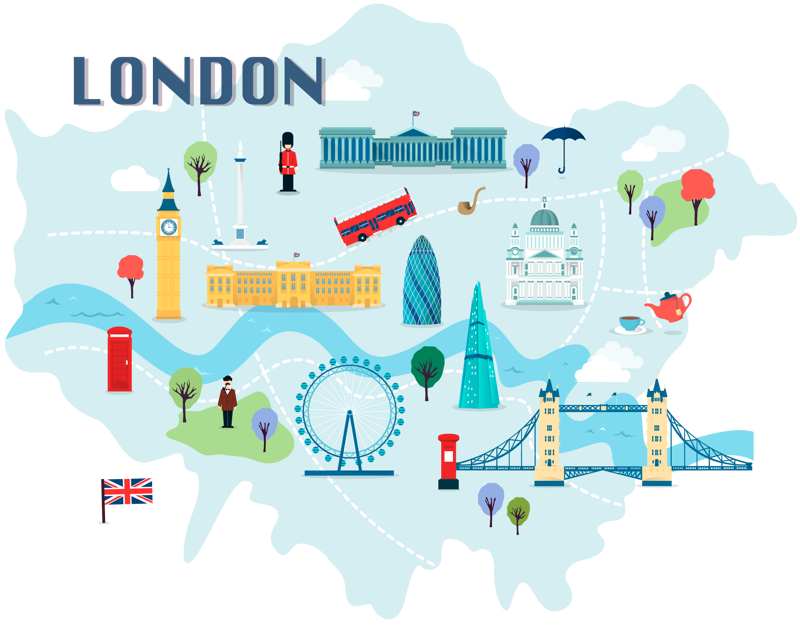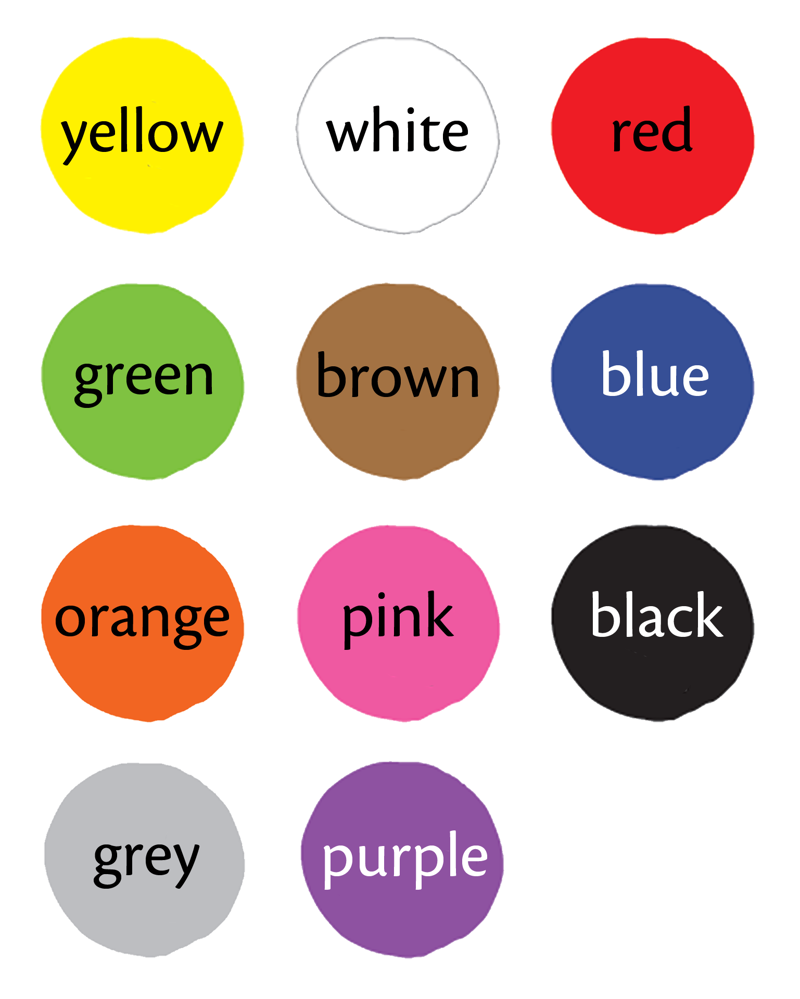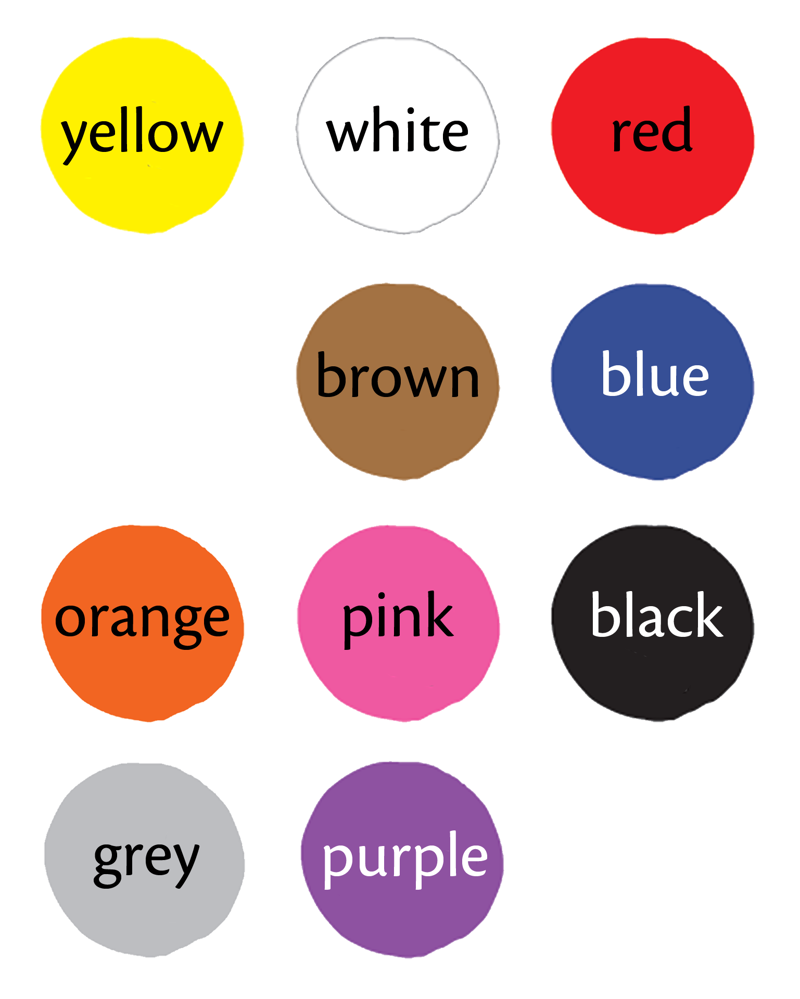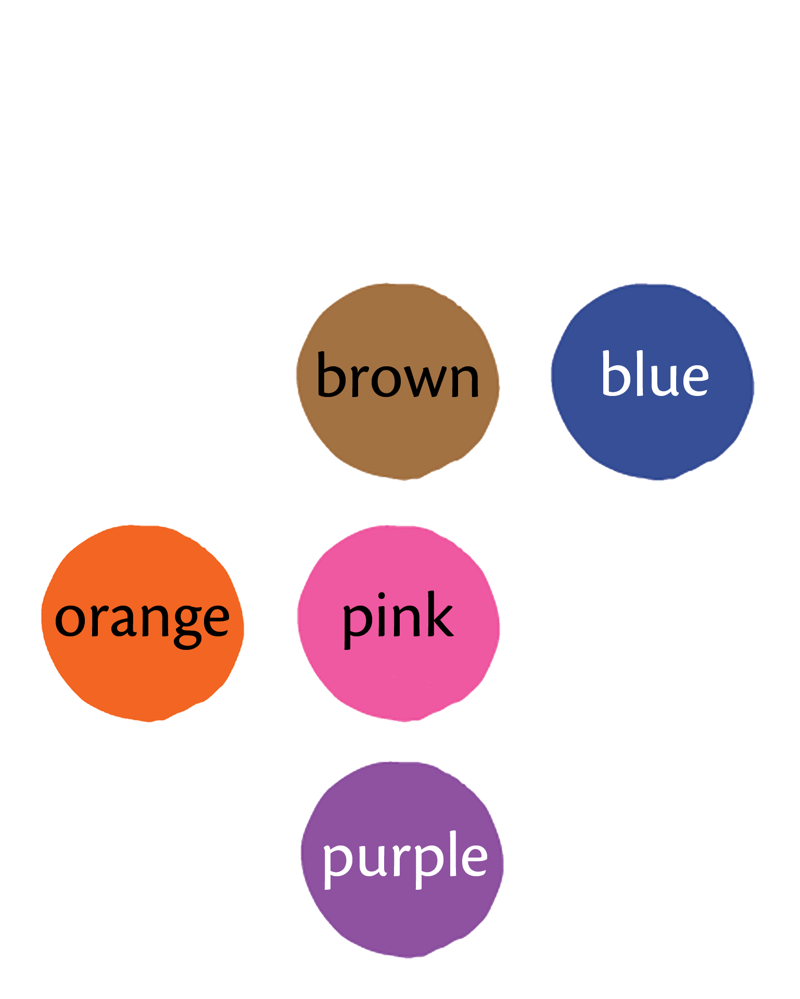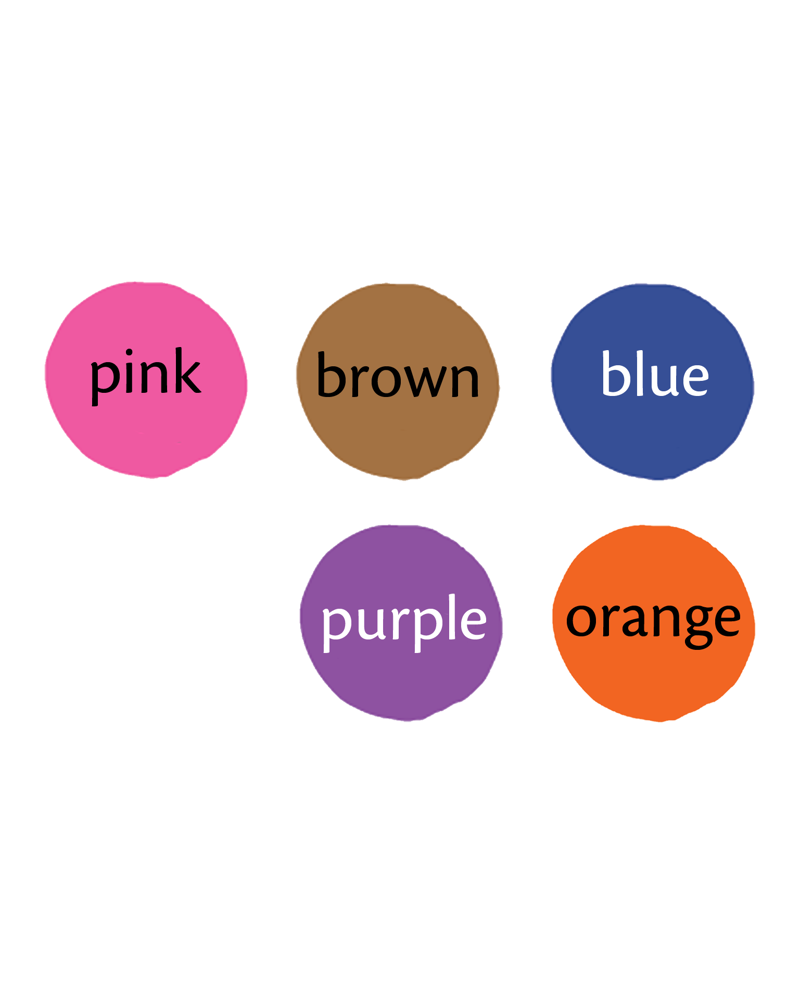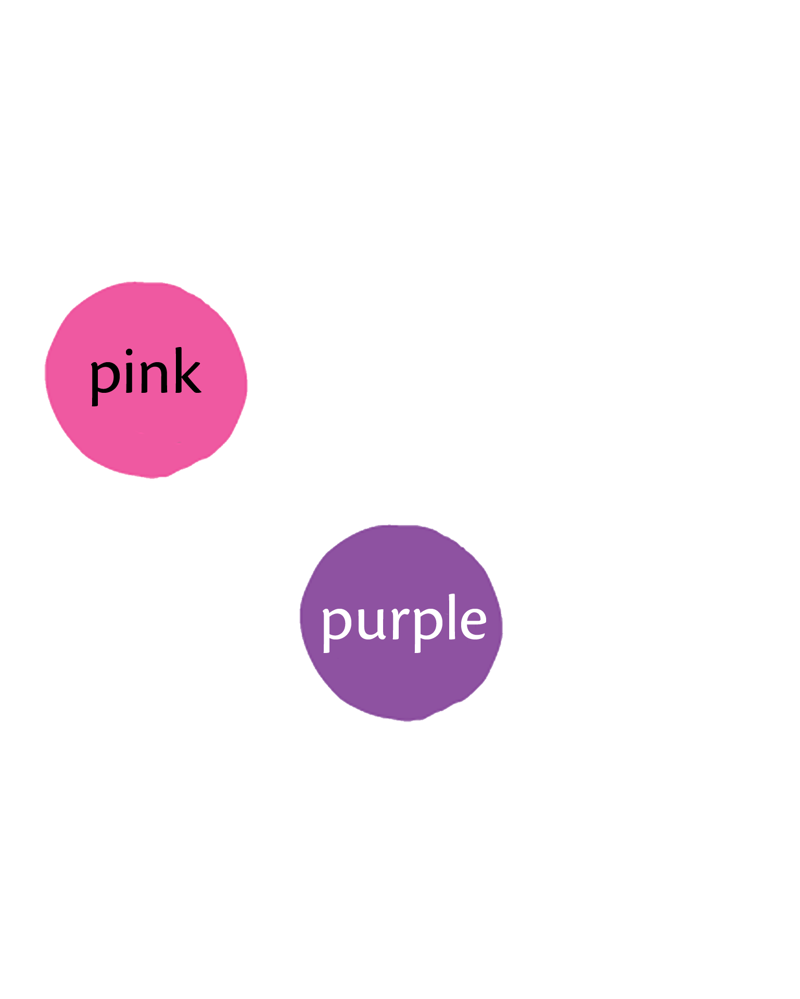Preparation
- colouring pencils (colours TB p. 9)
- colouring sheets/cards (see particular colours TB p. 9)
Lesson Stages
1. Warm-up, 10 min
2. Colours are everywhere, 25 min
3. Colours and sights, 10 min
Prior Knowledge and Skills
- greetings, farewells and introductions introductions
- the main landmarks of Great Britain
Lesson Aims and Outcomes
Pupils:
- learn colours
- find and identify colours in different objects (in school supplies, in the classroom, in the sightseeings, etc.)
Lesson Materials
- pp. 8–9
- pp. 8–9 ex. 3–5
- 1.2
- Kordamine. Londoni vaatamisväärsused ja sümbolid (1, 2)
Keywords and Techniques
- colours: pronunciation and spelling
- names of symbols (London, Great Britain)
- integrated skills: describe objects using new vocabulary
- types of activities: colouring by numbers, listening and choosing, labelling, word building, multi-choice
- classroom language
- colouring sheets, games
Integrated Subjects
- Natural Science
- Art
Cross Curricular Topics
- Values and morals
- Cultural identity
